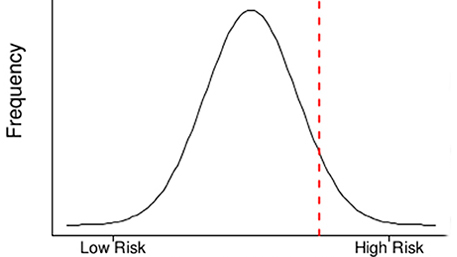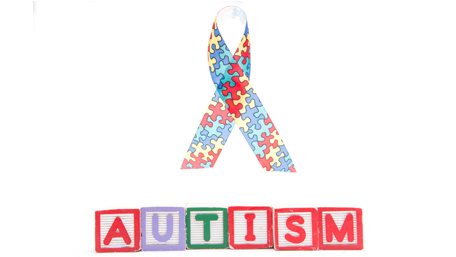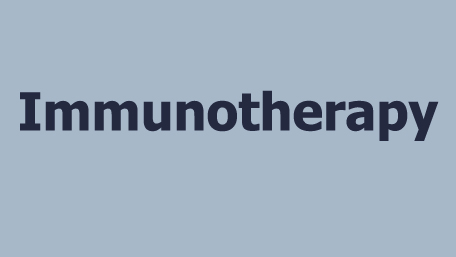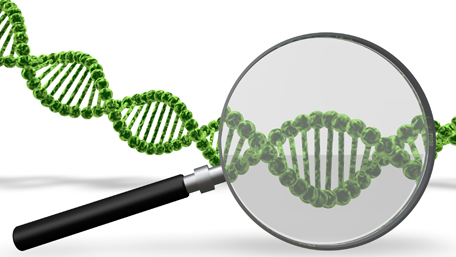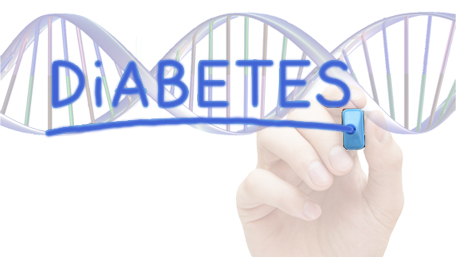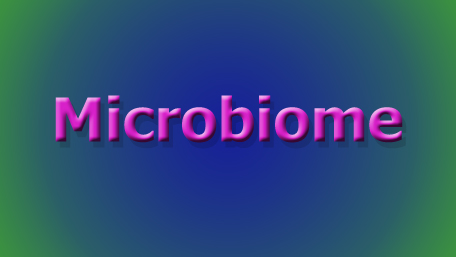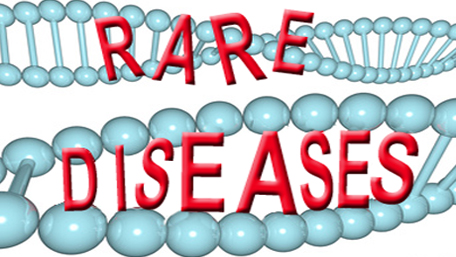
05/08/2020
Hot Topics of the Day are picked by experts to capture the latest information and publications on public health genomics and precision health for various diseases and health topics. Sources include published scientific literature, reviews, blogs and popular press articles.
Sign up MyPHGKB to receive the daily hot topic email alert.
Archived Hot Topics of the Day By Date
Quantifying SARS-CoV-2 transmission suggests epidemic control with digital contact tracing
L Ferretti et al, Science, May 8, 2020
Training deep learning algorithms with weakly labeled pneumonia chest X-ray data for COVID-19 detection
S Rajaraman et al, MEDRXIV, May 8, 2020
Longitudinal peripheral blood transcriptional analysis of COVID-19 patients captures disease progression and reveals potential biomarkers
Q Yan et al, MEDRXIV, May 8, 2020
Global genetic diversity patterns and transmissions of SARS-CoV-2
ZW Chen et al, MEDRXIV, May 8, 2020
Suboptimal biological sampling as a probable cause of false-negative COVID-19 diagnostic test results
NN Kinloch et al, MEDRXIV, May 8, 2020
FDA gives emergency authorization for CRISPR-based diagnostic tool for coronavirus
J Achenbach et al, Washington Post, May 7, 2020
Improving reporting standards for polygenic scores in risk prediction studies
H Wand et al, MEDRXIV, May 8, 2020
Assessing the Performance of Dried-Blood-Spot DNA Extraction Methods in Next Generation Sequencing
MM Hendrix et al, IntJ Neonatal Screening May 2020
Insufficient Evidence for “Autism-Specific” Genes
SM Myers et al, AJHG, May 7, 2020
Efficacy of Immunotherapy in Microsatellite-Stable or Mismatch Repair Proficient Colorectal Cancer—Fact or Fiction?
RB Corcoran et al, JAMA Oncology, May 7, 2020
Use of Real-World Evidence in US Payer Coverage Decision-Making for Next-Generation Sequencing–Based Tests: Challenges, Opportunities, and Potential Solutions
P Deverka et al, Value in Health, May 2020
Insights From a Temporal Assessment of Increases in US Private Payer Coverage of Tumor Sequencing From 2015 to 2019
JR Trosman et al, Value in Health, May 2020
Identification of type 2 diabetes loci in 433,540 East Asian individuals
CN Spracklen et al, Nature, May 6, 2020
Statin drugs might boost healthy gut microbes
P Libby, Nature News, May 6, 2020
Statin therapy is associated with lower prevalence of gut microbiota dysbiosis
SV Silva et al, Nature, May 7, 2020
NIH-supported research survey to examine impact of COVID-19 on rare diseases community
NIH, May 7, 2020

Disclaimer: Articles listed in Hot Topics of the Day are selected by Public Health Genomics Branch to provide current awareness of the scientific literature and news. Inclusion in the update does not necessarily represent the views of the Centers for Disease Control and Prevention nor does it imply endorsement of the article's methods or findings. CDC and DHHS assume no responsibility for the factual accuracy of the items presented. The selection, omission, or content of items does not imply any endorsement or other position taken by CDC or DHHS. Opinion, findings and conclusions expressed by the original authors of items included in the Clips, or persons quoted therein, are strictly their own and are in no way meant to represent the opinion or views of CDC or DHHS. References to publications, news sources, and non-CDC Websites are provided solely for informational purposes and do not imply endorsement by CDC or DHHS.
- Page last reviewed:Feb 1, 2024
- Page last updated:Apr 29, 2024
- Content source:



